What are the first aid measures for heat stroke?
Hot, can it really heat people to death? In recent days, the high temperature weather in many places has frequently exceeded 40 ℃. There have even been many deaths from heat stroke. The people began to panic, what is heat stroke, and how can people still die? What is the relationship between heat stroke and heat stroke? How to first aid in the event of heat stroke? What can be done to prevent heat stroke?
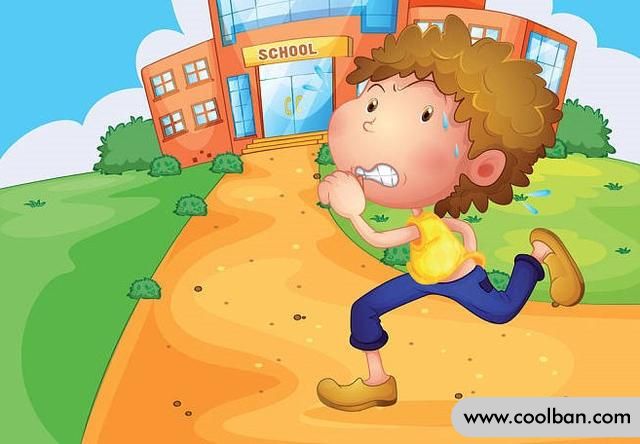
Heat stroke is closely related to heat stroke. It is the most serious and dangerous type of heat stroke. It is a type of heat stroke in which the core body temperature exceeds 40°C, the central nervous system is abnormal, and it is accompanied by symptoms such as dry skin, delirium, coma, and convulsions. If there is no timely rescue, there will be successive damage to the respiratory system, nervous system, kidney and liver functions, and even multiple organ failure. According to relevant statistics, the mortality rate of high temperature heat stroke in summer is as high as 58% within 28 days. Due to climate change, in many places with heat waves in recent years, more than 2,000 people die from heat stroke each year.
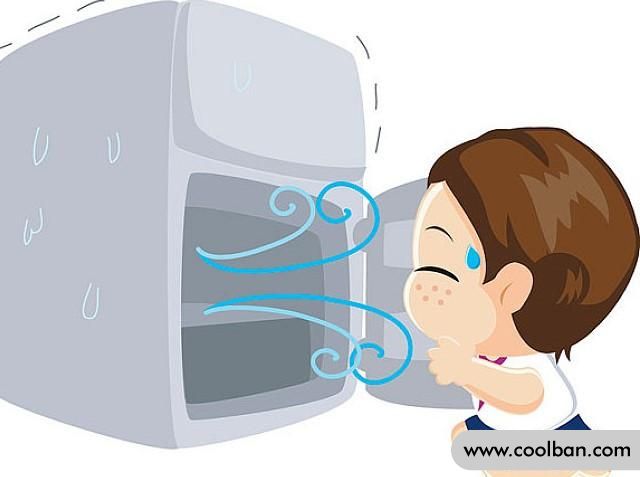
Classification of heat stroke
Usually, heat stroke is divided into three types according to the severity: Threatened Heat Stroke, Mild Heat Stroke, and Severe Heat Stroke. Severe heatstroke is further subdivided into heat cramps, heat exhaustion, and heat stroke. Heat stroke is also divided into 2 types, one is exertional heat stroke, which mainly occurs in manual workers and athletes, and is easily obtained by people who are physically active and able to perform vigorous activities. The second type, called non-exertional heat stroke, usually has a low level of physical activity, such as bedridden elderly patients with chronic diseases, hypertension, obesity, cardiovascular disease, diabetes, kidney disease, and long-term alcoholics. High-risk groups of heat stroke.

How does threatened heat stroke develop into heat stroke?
Through the classification of heat stroke, it is not difficult to see that heat stroke is not a sudden stroke, but an evolutionary process. Usually in the case of high temperature in summer, there is aura and mild heatstroke, and symptoms such as thirst, headache, fatigue, sweating, dizziness, vomiting, palpitations, nausea, etc. will appear. Symptoms such as redness and inattention. Heat stroke symptoms are further exacerbated due to the large loss of sodium, with cramps in the abdominal muscles or lower extremity muscles, indicating that the heat cramp phase has entered.
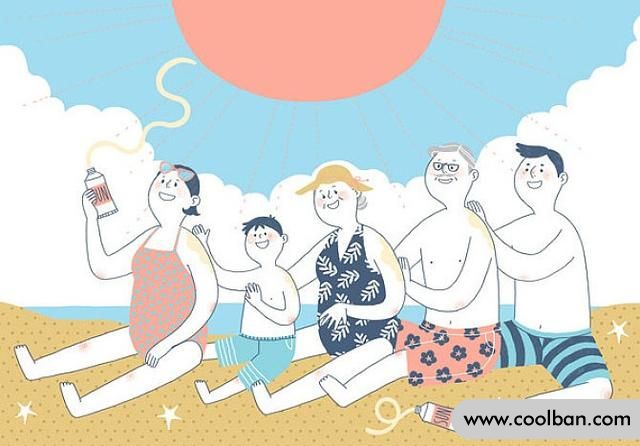
If the above symptoms occur, if you do not take measures in time, continue strenuous exercise or physical activity, and continue to be in a hot and humid environment, sweat a lot, and do not replenish body fluids, you will feel tachycardia and extreme thirst, which will lead to Dizziness or low blood pressure occurs, which indicates that heat exhaustion has been reached. If you do not take measures to relieve the heat at this time, and continue to be exposed to high humidity and high temperature or a crowded environment with poor ventilation, the core body temperature of the body will continue to rise, reaching or even exceeding 40 °C. If the patient has dry skin at this time. , Most of the nonsense cases have entered the stage of heat stroke. The patient will experience profuse sweating first, then cold sweating, and then no sweating, leading to symptoms of coma and lethargy. At this time, the body's high temperature affects the biological activities of organs and various enzymes, and patients will experience circulatory failure, which will lead to damage to organ function and physiological activities.
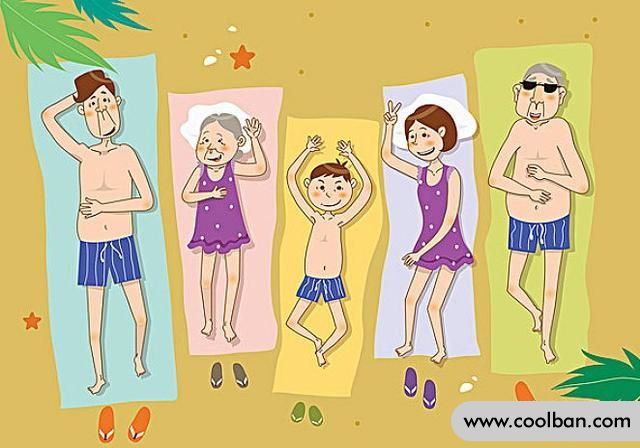
First aid measures for heat stroke
After the occurrence of heat stroke, timely rescue is required. Within 3 hours is the golden rescue period. If you miss it, it will be difficult to save your life.
Measure 1. Quickly transfer the patient to a well-ventilated place with low temperature, let the patient lie down, loosen the clothes, and elevate the head and feet.
Step 2: Call an ambulance in time.
Measure three, take cooling measures on the spot, wipe the body with a damp and cold towel, preferably with an ice pack, and place it in a place rich in blood vessels. Turn on the fan to increase air circulation. Appropriately add cold boiled water, you can add a small amount of salt to supplement the sodium element. If the patient is in a coma, do not force water to prevent suffocation.
Measure 4. After reaching the hospital, continue to cool down, and take blood purification, blood volume expansion, anti-shock and other treatments according to the patient's condition.
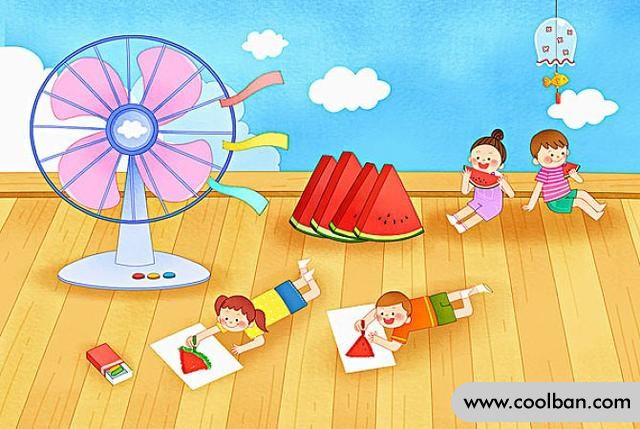
To prevent heat stroke, five measures need to be strengthened.
Measures 1. Avoid outdoor work and activities during high temperature periods.
Measure 2. When sweating a lot, add water in time.
Measure 3. Choose a cool and ventilated place to rest between work and activities, reduce the amount of activity, and help the body to dissipate heat as soon as possible.
Measures four, a light diet, eat more vegetables and fruits.
Measures five, to maintain adequate sleep, reduce fatigue, improve resistance.
Measure 6. Choose clothes with good ventilation, loose and light colors when going out.
